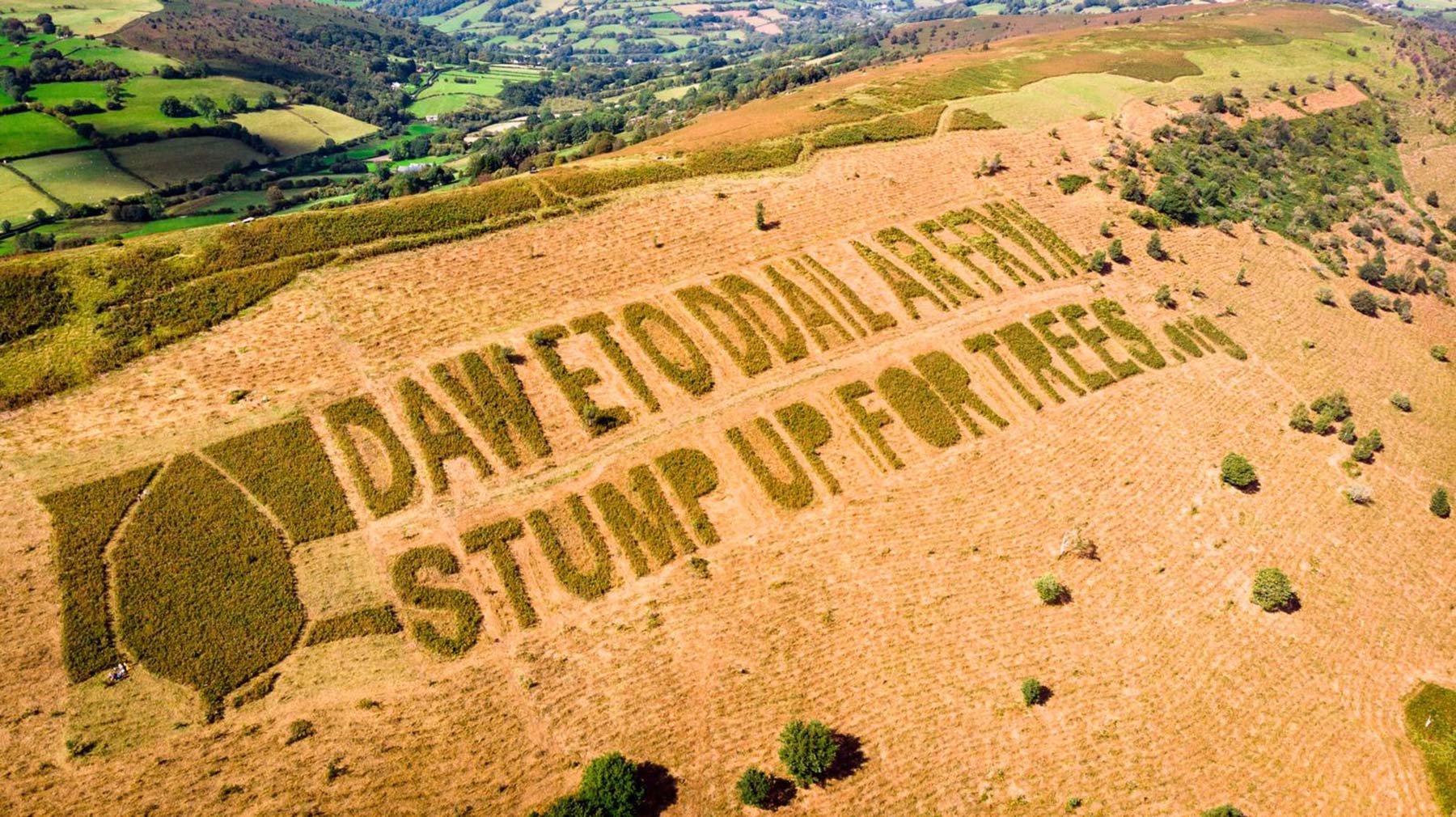nobrotson
Active member
The best method of reducing an expeditions carbon footprint is to reduce the number of personnel flying to the expedition destination. This has to be a part of any serious strategy to reduce emissions from international cave exploration, no matter what other steps are taken. Otherwise you are just pissing in the wind really (though I'm all for restoring the UK's natural capital as you suggest).I am unable to attend HE this year but have given this subject some thought. I'm also in the process of organising a trip to Mulu and applying for a MEF grant which considers the carbon footprint of expeditions.
I think it is a tough question for grant funding bodies. Are they really going to be in the business of dissuading cavers from running expeditions to far flung destinations? Everest and Ghar Parau, they are named after distant destinations themselves. All these bodies hold large sums of donated cash and as mentioned earlier GPF hold a considerable fund just to support Mulu expeditions. It is not really feasible, however right or wrong for society, for these funding bodies to just support expeditions to North Yorkshire or three up car trips to Austria.
Perhaps the best way would be for funding bodies to cover the costs of offsetting with the grant as well as helping with equipment. Advise on methods which actually do good. Work on carbon awareness promotions and perhaps even directly fund some peat bog restoration and tree planting.
Spend heavily now as no point in having 200k in the bank whilst we are all choking and burning. 🔥
A completely sensible way of doing this, for example in the case of Mulu, is to engage local people in the expedition as much as possible. This will increase capacity to explore cave locally, meaning less Brits need to fly there to explore cave. I haven't seen any local cavers names on any Mulu grant applications, and your recent application to GPF didn't once mention how you plan to engage local people in caving and increase the capacity of local cave exploration. I know there is some contact with local cavers in Mulu - I'd like to hear more about it. Maybe then we can help you develop a long-term strategy for responsible cave exploration there, with the end goal of locally-led cave exploration.
Local engagement has to be a top priority for any expedition that is serious about reducing emissions, more important than any short-term exploration gains that are made. That really difficult lead which requires high degrees of technical knowledge can wait until a time when the local cavers can do it, rather than flying a long list of crack British cavers over to do it and claiming it is somehow morally justifiable. The same with survey data which is collected by Brits, who often rely on locals to find the caves, then drawn up and presented as their own. It happens in science all the time and is referred to as 'parachute science' (google it).
All these things are just a perpetuation of the colonial mindset of feeling we have a right to do as we please in far-away countries. We need to change this mindset - it is intrinsically linked with the perpetuation of the climate emergency. You mention 'Everest' (not even the real name of the mountain, textbook colonisation of culture) and and 'Ghar Parau' as if examples of exploration done over 50 years ago in this colonial mindset are exactly what we should continue doing, just because it benefitted us back then. Times change, society will have to change and caving can either get on board or get left behind.
A lot of rich Brits like to justify their trips to places like India and Vietnam by saying that their presence as tourists is required to boost the local economy. This completely ignores the huge domestic markets for tourism that exist in these places: our population is a couple of percent of India, and their middle class is booming. Caving is no different and in fact can be part of that. The Meghalaya trip seems to recognise this and is supporting the development of caving locally, and it has been a success. Meghalayan cavers are trained on the expedition and recently came to the UK and Ireland for some training. The aim is for local cavers to be in a position to generate revenue from instructing and guiding domestically. Stuff like this is a positive step forward.




